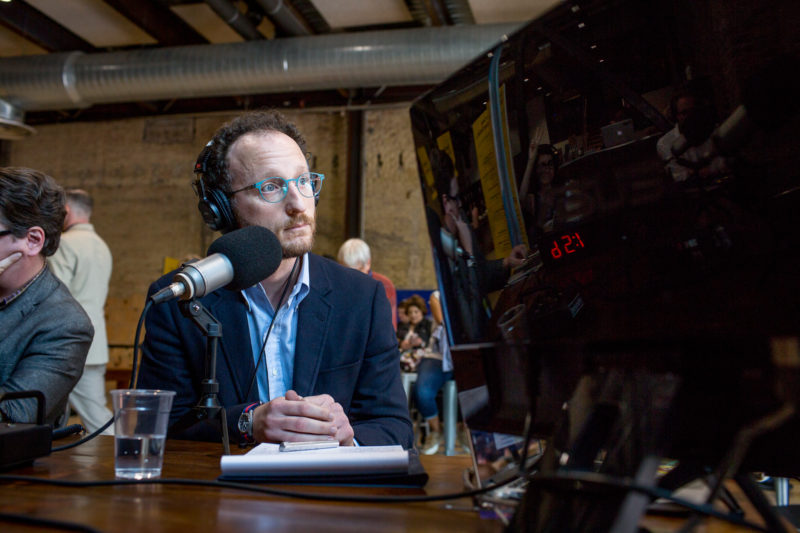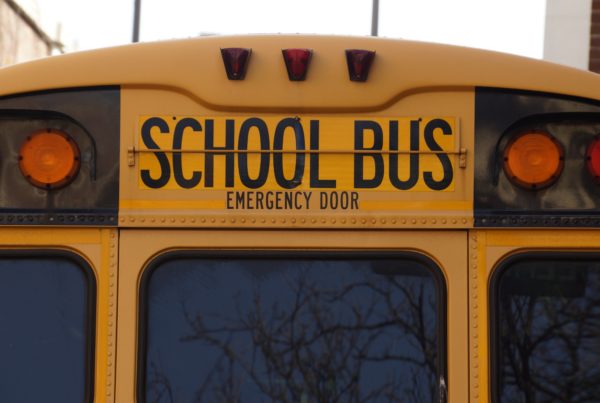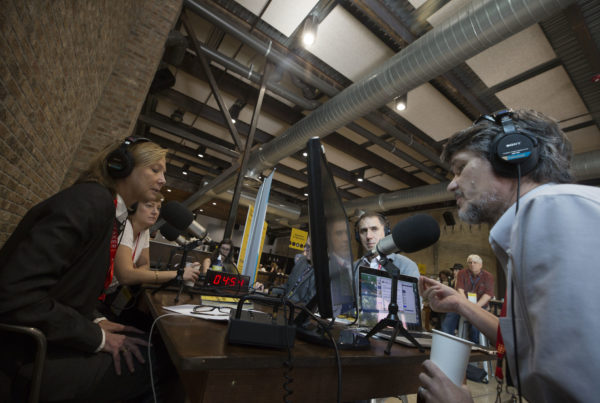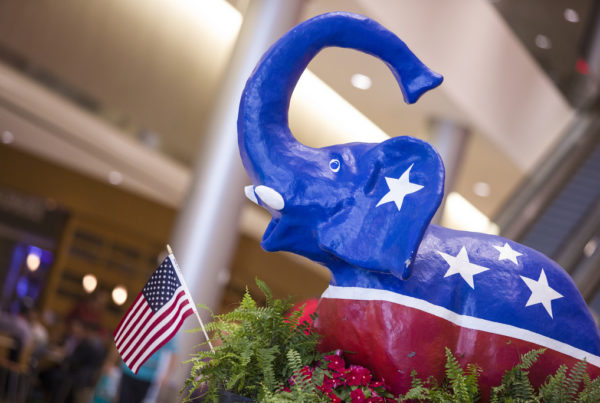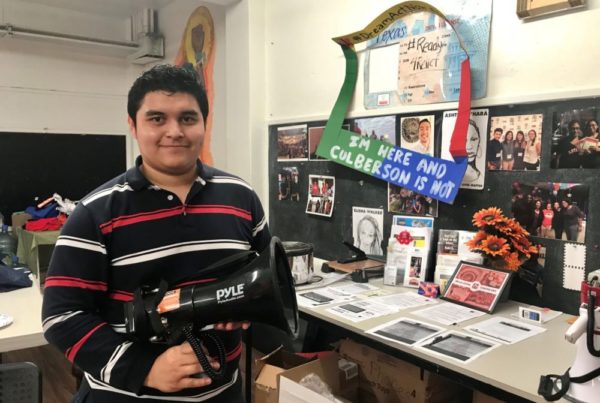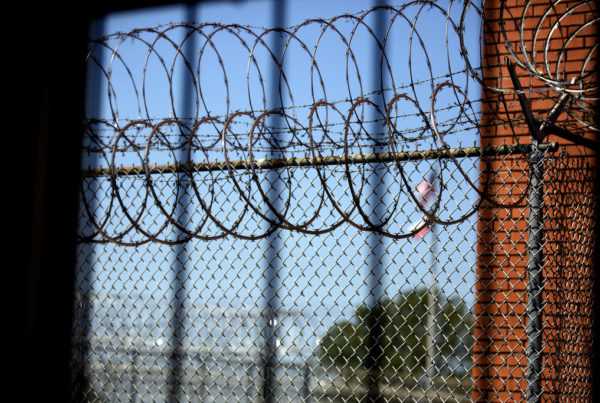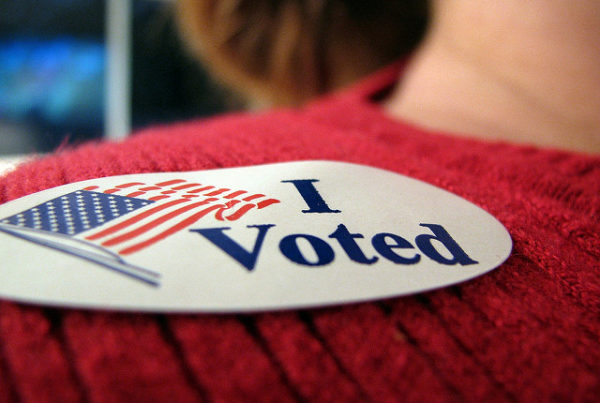There’s a question that moves in parallel with the increased use of computerized voting machines – can your vote be hacked? It’s a question that was put to the test in the 2016 presidential election cycle, when Russia was found to be influencing voters in the election, but not the voting machines themselves. Some say the risk of vote-hacking could be reduced by using paper ballots in addition to electronic vote-counters.
Hovav Shacham is a professor of computer science at the University of Texas at Austin. He has specialized in computer security and the voter security for over a decade.
“I think the question we need to ask is not just how vulnerable the actual systems are, but how much confidence can voters have that their vote really is recorded and counted just as they cast it,” Shacham says.
Voters shouldn’t be allowed to take home a paper receipt showing how they voted, because that could lead to coercion, Shacham says.
“If you could take [a receipt] home then you could prove to somebody else that you voted a particular way,” Shacham says. “At that point someone could come to you before the election and say ‘vote this way or I will break your knee,’ which is something that we don’t want.”
Voting machines and the state voter database are vulnerable to hacking, but computers will not cease to be used in the election process.
“We use computers in elections,” Shacham says. “We use them from voter registration and ballot definition all the way to counting and reporting and auditing. Different computers induce different risks in the election process.”
Even if Texas returned to a paper ballot system, those ballots would still be brought in and counted by a computer or scanner, because of the expectation voters and the media have that election results should be available quickly.
“The main thing that we need is we need is for voters to be able to tell at the time that they cast their ballot that it was recorded the way that they intended, in a way that can’t be changed after the fact,” Shacham says. “The technology that we have for doing that is paper. Voters see a voter verifiable paper trail, whether that’s a ballot or a receipt printer under glass attached to an electronic voting machine. Having that paper record, we can compare the electronic records that we can tally quickly and report quickly, against the paper and we can audit and check that the machines are functioning correctly.”
Written by Brooke Vincent.


